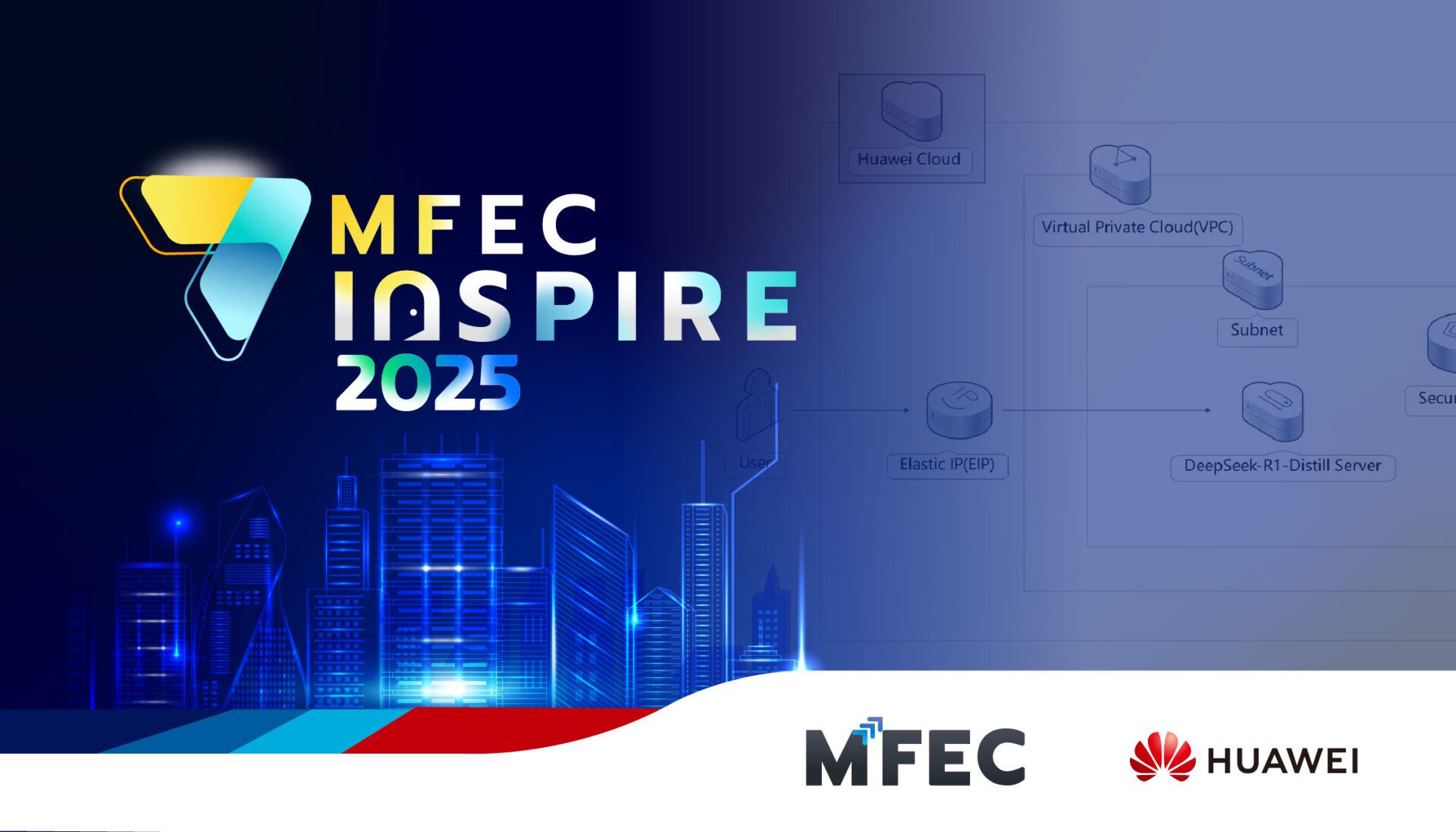From the early days of chatbots to a future where AI evolves into an intelligent assistant and colleague, this seminar, under the theme “Where are we now? What’s Next?”, featured Mr. Wason Liwlompaisan sharing insights into the evolution of AI technology from its origins to the present. He also explored AI’s transformative potential in shaping the future of organizations and society.
AI development began in 1966 with Eliza, one of the earliest chatbots created by Joseph Weizenbaum to simulate human conversation. Although it couldn’t truly understand language, Eliza represented a pivotal milestone in human-machine communication. In the late 1960s and 1970s, another significant advancement came with Shakey, the first robot capable of independent thinking and decision-making. Equipped with sensors to analyze its environment and choose its path, Shakey demonstrated AI’s potential for autonomy and logical reasoning.
A major milestone that popularized AI occurred in 1997 when IBM’s Deep Blue defeated world chess champion Garry Kasparov. This achievement showcased AI’s ability to process and make decisions faster and more accurately than humans, pushing the world to recognize new possibilities for AI technology.
The AI landscape then evolved into the era of Machine Learning and Deep Learning, enabling AI to learn and adapt from data rather than relying on pre-programmed rules. This advancement allows modern AI to handle complex tasks such as image recognition, voice differentiation, and skill acquisition, closely mirroring human learning processes.
Mr. Wason also discussed AI’s future as more than just a tool, describing it as an intelligent colleague capable of collaborating on multidimensional challenges in fields like medicine, business, and daily life. He highlighted how organizations, including his own, are actively advancing AI adoption. Teams of experts are working together to create impactful use cases, showcasing a commitment to leveraging AI for the benefit of organizations and society. This approach goes beyond merely presenting innovation—it demonstrates the expertise and dedication of the organization’s people.






